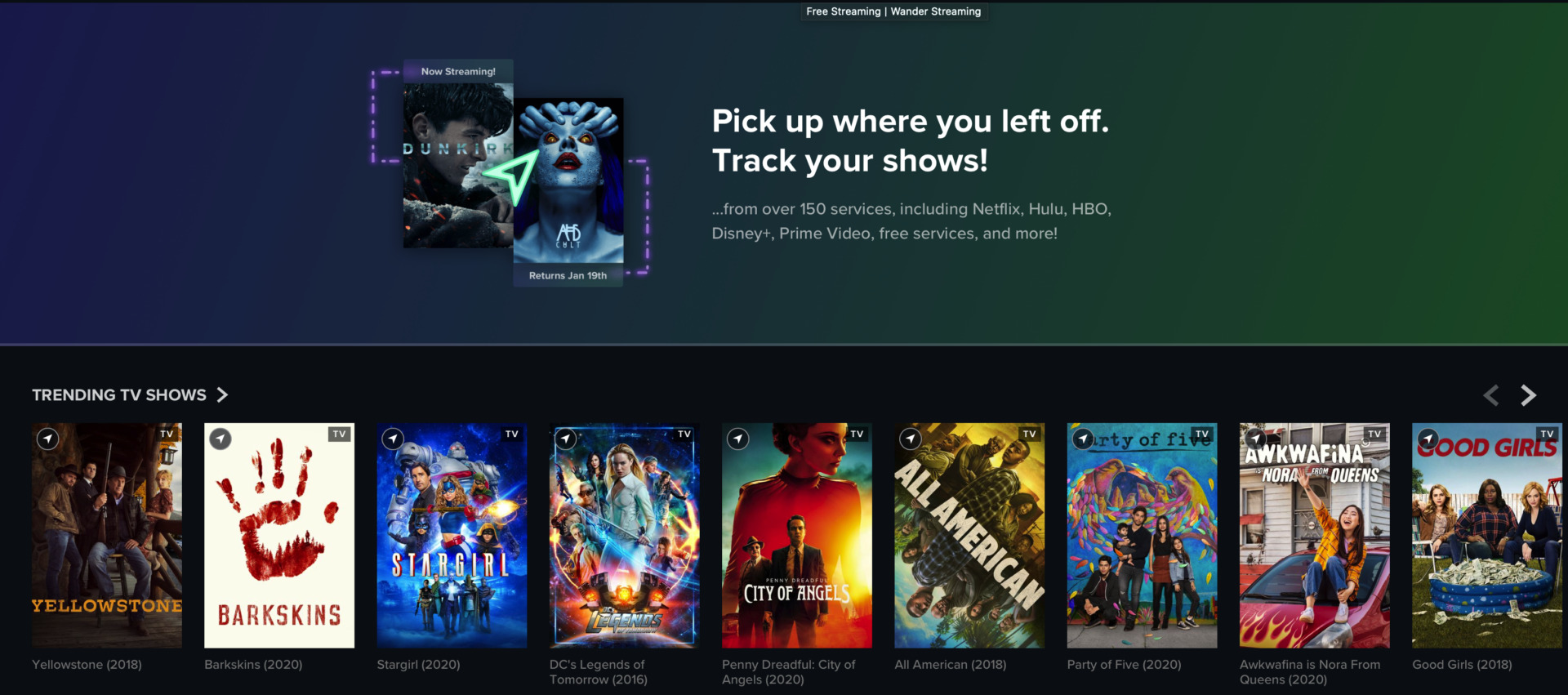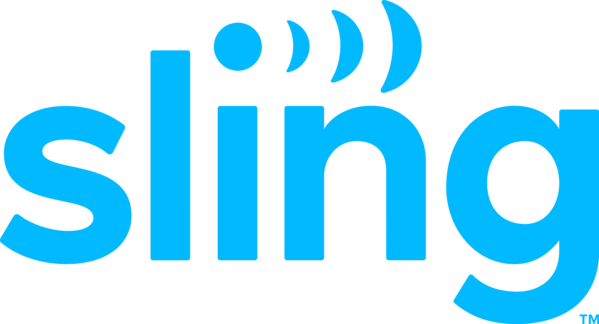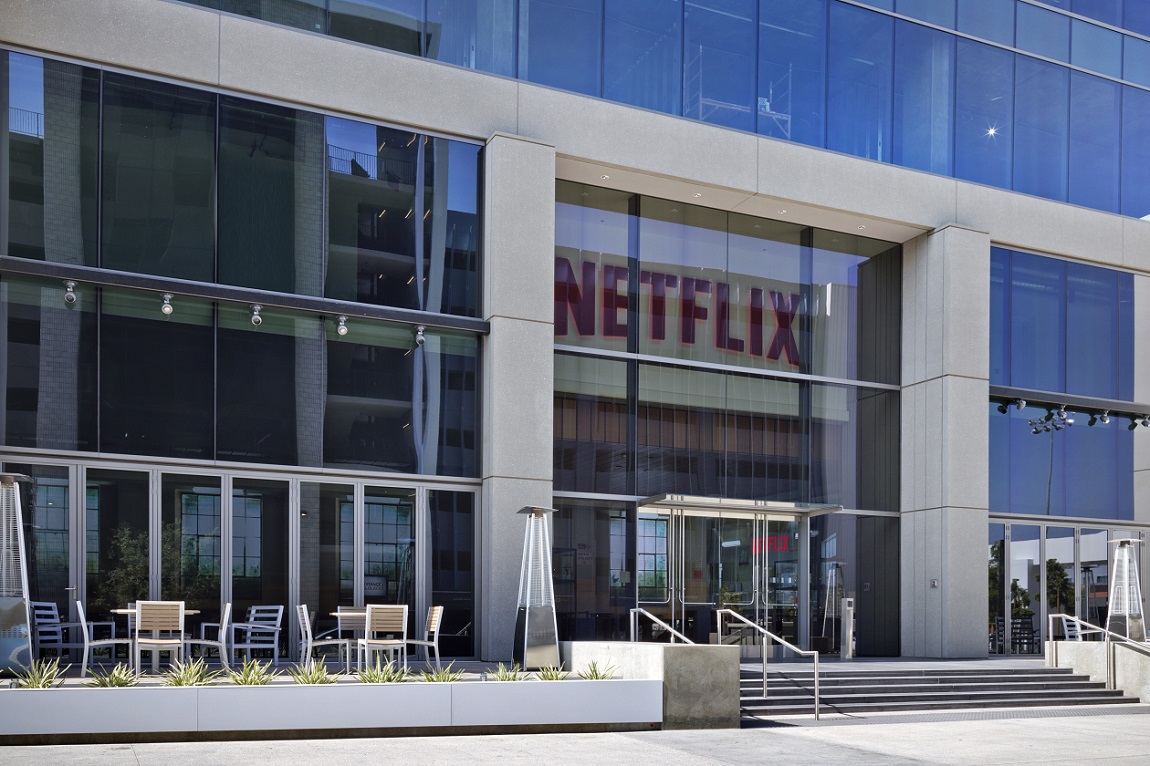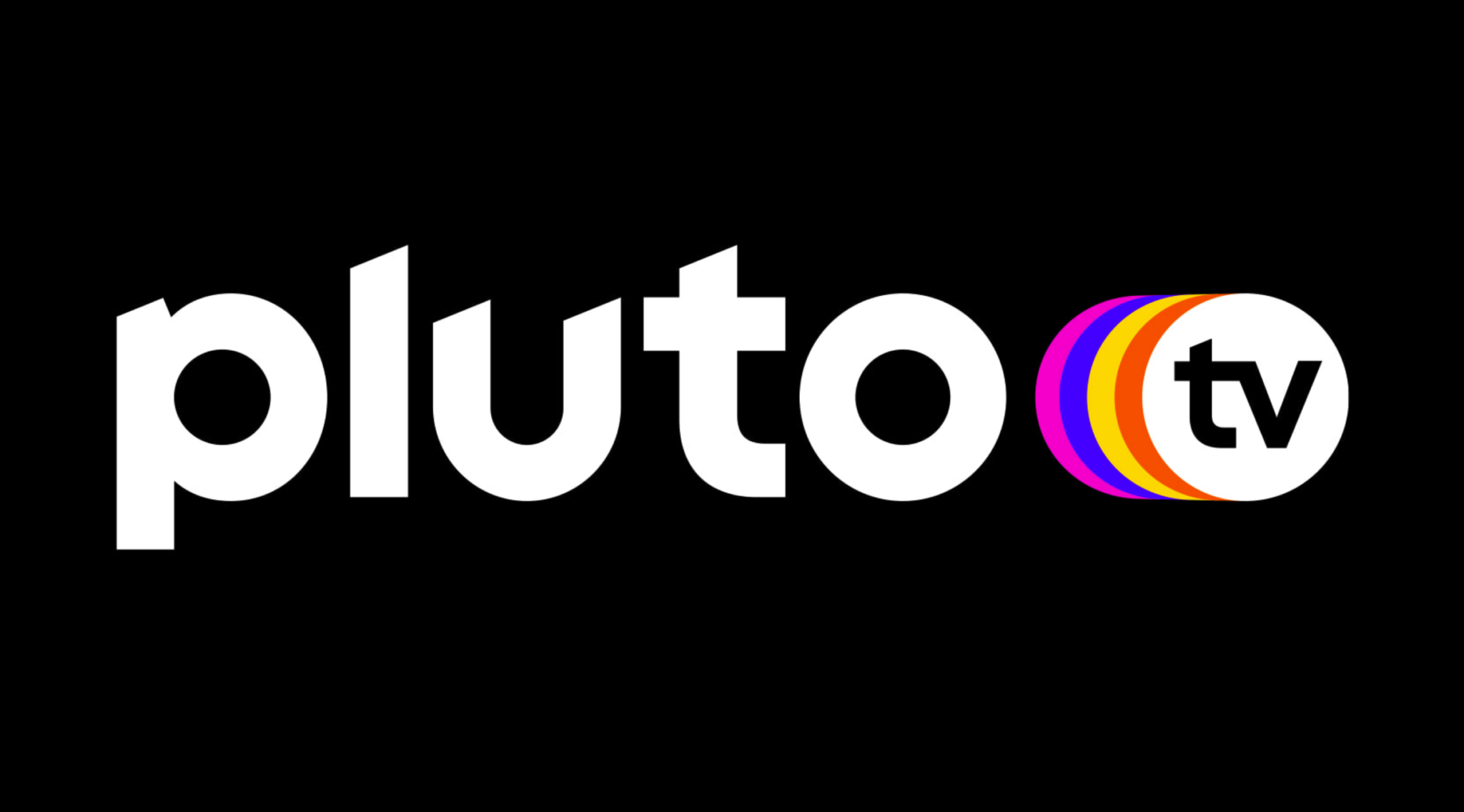Streaming is mainstream now commanding so much attention that streaming content can be measured by Nielsen and other prominent organizations. But for every Disney+ that launches there are many services and products for that matter that come and go without being even noticed. But even worse is to be a product that everybody remembers with scorn or pity. That’s what this list is all about. Do you remember these entries?
CNN+
Lasting only a few weeks CNN+ launched just ahead of the merger between Discovery Networks and Warner Media. In the time since there has been so much media scrutiny of every move Warner Bros Discovery has made that shuttering CNN+ shortly after the new company formed is not even mentioned. Maybe even the outrage squad types in the media could see this was a bad idea from the start.
Quibi
Quibi was supposed to be a revolutionary way to reach those who love short-form entertainment. A service dreamed up by Meg Whitman and Jeffery Katzenberg got heavy media attention and launched with a flashy announcement at CES 2020 boasting a new technology that allowed users to watch content in portrait and landscape mode in full screen. Its hook was that shows would be broken up into very short segments that could be viewed as a “quick bite” of content by someone waiting in line a grocery store or stuck in traffic or something. After all look at how popular Tick Tock is right? Yeah nobody bought in especially us except for many advertisers who did not get the return they expected at all. Quibi’s content now lives on as Roku originals within the Roku Channel.
The DC Universe
This is not a reference to the newly branded movie franchise that is headed by JJ Abrams. The DC Universe Streaming service launched ahead of the merger between AT&T and Warner Media (Picking up on a theme here) with launch titles including Titans, Star Girl, Swamp Thing, and The Doom Patrol. It also featured a number of older DC-based series like the 1970s-era Wonder Woman. The service was uneven from the start and did not have enough content to truly spark fans’ attention. Soon after the merger between AT&T and Warner Media the company announced the launch of HBO Max. The service immediately began to pull content from the streamer to the more glitzy premium streamer and the company even ended up moving Star Girl to the CW alongside its availability on the streamer. Warner later shuttered the service and all of its content now lives on HBO Max. The quality of the content led to some successful shows for the company overall but as a standalone streaming option, it went nowhere. The service has lived on wonderfully as a digital comics app and recently changed its branding to DC Universe Infinite.
YouTube Originals
Google loves to jump into the game once everyone has started playing. Sometimes it works out spectacularly well like when it bought YouTube or launched the Google Chrom Browser years after Microsoft Explorer, Firefox and Netscape. You win some you lose some and YouTube original content was a loss. Though it spawned the very successful (For Netflix) Cobra Kai Google did not have enough clout in the streaming space to successfully market and or explain what was happening with the new offerings which were also sort of mixed in with YouTube Red, another not very successful venture. YouTube/Google got it right with YouTube TV later down the line but this attempt to draw attention in the wake of Netflix and Amazon gaining praise and Emmy noms for their own programming fizzled. But Karate Kid fans thank you.
The Razer Forge
The Razer Forge was one of a number of Android-based streamers that went nowhere. The device launched with much fanfare and CES (see a theme here) promising users would be able to play independent video games and stream their favorite content. Unfortunately, that content did not include Netflix. And mind you this was far before services like HBO Max, Disney+ and Paramount+ had pulled their company-owned content from Netflix. It was when Netflix was unquestionably the way to go for streaming fans. The console/streamer went nowhere.
Film Struck
Back when Hulu was new to the world it did not have the cachet it does now despite it being a venture between Disney, NewsCorp, and Comcast. The service had no original, few major studio contracts for movies and was essentially a clearing house for current and older network content. One thing it promoted heavily in those days was The Criterion Collection. The movies that are sought after by film buffs lean towards the black-and-white super art-house side of the scale. The kind of films that end with “fin”. After Hulu began to get into conversations with other film libraries and built up some steam Criterion looked for a new way to market its wares. Its idea was Film Struck. It was a partnership between Criterion and Turner that contained the art house collection and a rotation of classic material from Turner. At the time we called it streaming it was the streaming service nobody asked for. Obviously, it didn’t last. As with the DC Universe Turner’s Content was later housed on HBO Max while the Criterion Collection continues to live on as now its own as The Criterion Channel.
SeeSo
SeeSo was a venture from Comcast to offer a streaming service totally focused on comedy content. It gathered many older popular and cult comedy troop shows. The service lasted from January 2016 to November 2017. The service famously hosted the Saturday Night Live archive and Parks and Recreation, both of which are very popular parts of Peacock’s offering these days but the service itself proved too niche for its own good.
Yellowstone On Peacock
Oops. One of the biggest shows on TV is produced by Paramount Inc, the same Paramount Inc that owns the streaming service, Paramount+. Yet the hit that has spawned multiple spinoffs on Paramount+ is not available on the streamer like its prequel series. Yellowstone is on Peacock! The deal that sent the show to Peacock instead of keeping it in-house may have seemed like a savvy move. It’s an old-school TV move, get money upfront for a cable (the Paramount Network) original. If the company was aware that it could have served as Paramount+’s Game Of Thrones it probably would have made a different move.
Play Station Vue
Shortly after Dish Network launched Sling TV as the first streaming service to package up cable content came PlayStation Vue. PS Vue was a streaming package that looked to offer a cable replacement service that tripped itself straight out of the gate. Its biggest mistakes were the name itself which made it sound strictly like a service built exclusively for PlayStation gaming consoles and its vow to only be available in places where it could offer full access to local network affiliates ABC, NBC, CBS, and Fox. It put Sony in a position to have to keep first of all explaining how to find the service, which had apps for multiple platforms including Roku as well as being incredibly limited in its reach. While Sling TV was immediately available Nationwide (without access to local affiliates then and still) PS Vue slowly added a city or two at a time. Later it totally threw out that strategy and began to offer two tiers of service, one with local channels (where it could) and one without them, which was what would be available everywhere else. But it was already too late by then. Not only had Sling TV gotten a foothold but other players got into the game as well launching with whatever they could and providing tools for users to find out if they had deals in place for affiliates or not. This is still the case in fact.






